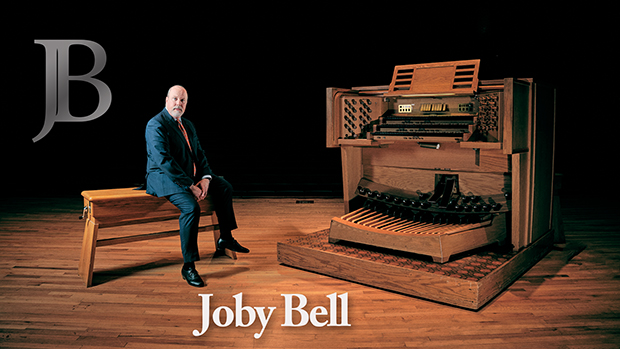Widor vs. Joby, Part 6: Symphony No. VI
 Wednesday, August 12, 2020 at 7:05PM
Wednesday, August 12, 2020 at 7:05PM
This is the sixth installment in my series on my take on playing the complete works of Charles-Marie Widor. See the first post in the series for an introduction and my philosophies behind this blog series. And as always, refer to John Near’s edition for important corrections in the scores that I might not necessarily mention.
Symphony VI is up today. Visit my program notes on the piece. And of course, feel free to order the recording.
-------------------------------
Movement 1
Measure 80: I move the left hand to the Récit there. I don't see the need to have that melody in so much relief by leaving it on the Gt.
Measures 94-98: I like to keep those right hand chords legato, which would necessitate some assistance from the left hand. But the left hand is usually not in the neighborhood to help out. Solution? Pedal plays left hand in these measures, with all necessary Pedal couplers on and no pedal stops. I do that all the time in Franck.
Measures 139-140: nice place for a Tuba on all but the chords. Worked awfully well at St. Mark’s in Shreveport!
Measures 141-142: nice place for a Tuba on all notes, if it sounds good. (And again, it certainly did in Shreveport.)
Measure 244, beat 4: I know this might be considered hubris, but I leave out the Pedal low C. It makes for a smoother transition into "running out of notes" on B in the next measure. Give it a try.
Measures 250-252: More hubris: I see no need to play the right-foot notes. I restore the upper octave on the quarter note in 252. It makes for a more exciting finish to add those notes back in there. It also allows low C to speak more fully in 250-251, without the foot having to leave to get to G.
Movement II
Work carefully – there are a lot of notes and a lot of voices needing beautiful, independent treatments.
Movement III: Intermezzo
Become a machine and keep the staccato absolutely spotless. Allow the organ and/or the acoustics to determine the tempo, and live with that. Once you have tempo and articulation under control, then you can make music.
Measures 87-98: Widor has been fastidious about staccato markings up to this point but doesn’t mark left hand and Pedal staccato in these few measures. But at the organ, a suddenly longer note means a suddenly louder note. The sudden presence of legato eighth notes in this sea of staccato sixteenths would draw all attention to those notes. That would be nice with a real melody, but the problem here is that the left hand and Pedal are accompanimental and don’t deserve all the attention. Therefore, with apologies to Widor for making assumptions, it makes more sense to keep them sempre staccato to prevent them from completely vanquishing the right hand. Ditto these same measures in the recap.
Movements IV and V:
No comments, believe it or not. Just do what Widor says. And check John Near for a couple little note corrections.
 Joby Bell | tagged
Joby Bell | tagged  Note by note,
Note by note,  Widor vs. Joby
Widor vs. Joby 